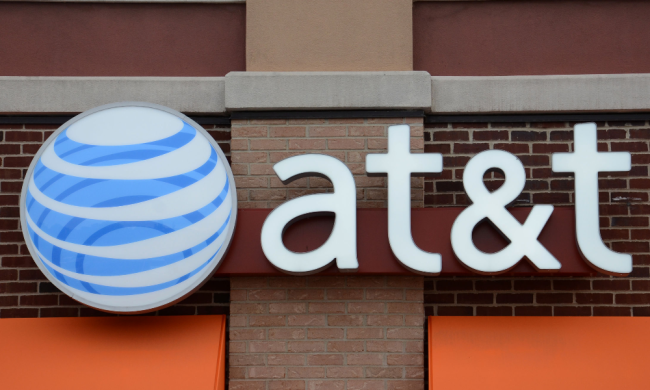UPDATE: AT&T and Verizon have announced a delay to Wednesday’s planned activation of 5G towers around certain airports in response to safety concerns raised by airline chiefs, and to avert major disruption to flight schedules. But for some airlines — mainly those flying to the U.S. from other countries — the announcement came a little late.
Fears of “catastrophic disruption” to flight schedules in the U.S. seem to be coming true after a number of airlines suspended their flights to the U.S. following AT&T and Verizon’s plans to switch on their new C-Band 5G networks starting Wednesday, January 19. The suspension, at the moment, seems to only affect routes serviced by the Boeing 777 aircraft, with four major international carriers issuing statements confirming the same.
Emirates seems to be the worst affected of the lot, with the Dubai-based airline suspending flights to as many as nine U.S. cities. Most of its U.S.-bound flights are serviced by the Boeing 777 aircraft, with the rest of the load being handled by the Airbus A380. JAL’s statement mentions it is having to suspend flights flown with a 777. It also adds that it is not in a position to replace the Boeing 777 with an alternative model like the Boeing 787.
Emirates is suspending flights to 9 U.S. cities — Boston, Chicago, Dallas-Fort Worth, Houston, Miami, Newark, Orlando, San Francisco, and Seattle — indefinitely due to the 5G rollout.
h/t @AirlineFlyer https://t.co/gW4vBpSK6F pic.twitter.com/0Q59KI1o3c
— Edward Russell (@ByERussell) January 18, 2022
ANA’s statement is also somewhat similar and mentions that all its flights that use the Boeing 777 are canceled until further notice. While stopping short of a complete suspension, Air India’s official Twitter handle sent out a tweet confirming that its operations to the U.S. stand “curtailed/revised.” Interestingly, these airlines have decided to go ahead with the suspension of Boeing 777 flights even after Verizon and AT&T agreed to temporarily limit
The latest development in the stumble to 5G: AT&T and Verizon caving to keeping C-Band
5G offline near runways, and airlines canceling flights anyway. The difference seems to be Boeing saying not to fly the 777.— Avi Greengart (@greengart) January 18, 2022
Both AT&T and Verizon originally planned to deploy the new 5G networks starting January 5, 2022. However, following the Federal Aviation Administration’s (FAA) concerns surrounding
Several of the airports and approaches are located at some of the busiest and most important cities in the U.S. including Boston, Dallas-Fort Worth, Houston, Miami, Newark, Orlando, San Francisco, and Seattle. However, as the story develops, we may see some of these airlines roll back these decisions now that the deployment of C-band 5G networks near airports has been suspended.



